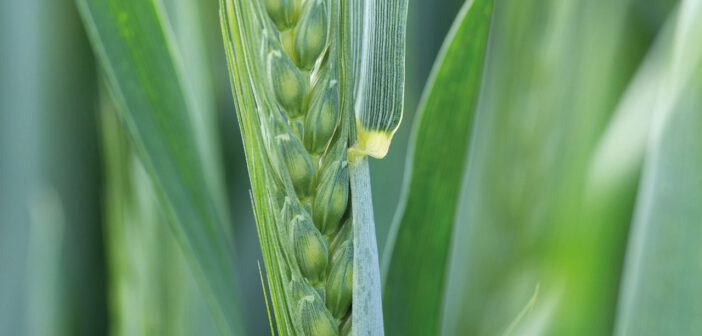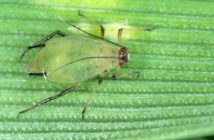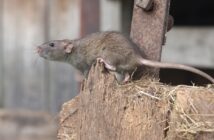Despite the potential of current wheat varieties, growers have to be realistic about what can be achieved, suggests agronomy group Hutchinsons.
Crop nutrition manager Tim Kerr and Leo Page farm business consultant, believe growers need to recognise the importance of how to optimise nitrogen use to meet protein specifications without overstepping economic thresholds.
Their view is a well-timed application of nitrogen after the flag leaf final-dressing will increase the amount of nitrogen available to crops during that crucial stage of protein development. Without it, crops may struggle to contain enough protein to satisfy the requirement for yield and quality. The later this dressing is applied then the more influence it will have on grain protein up to ear emergence. After flowering, the uptake of nitrogen declines.
The pair pose three pivotal questions to ask around late season nitrogen requirements for a Group 1 milling wheat established in autumn 2024 with the aim of being sold for a milling premium with a protein threshold of HFN250.
What is the likelihood of achieving milling wheat spec?
This is an important starting point and should be based on the historical success of meeting milling spec weight with a particular variety. If regularly or even occasionally achieved, then it would be sensible to follow past nitrogen fertiliser strategies. If not, don’t apply additional nitrogen, it doesn’t make economic sense.
Recommendations also shift with low spring rainfall. If the weather stays dry, later applications of foliar urea at the milky ripe stage will become more important.
Check contract terms as some exclude the use of foliar urea. Alternatively consider forms of methylene urea applied with the T3 fungicide which is now a well-established practice, it is very crop safe and reduces the need for extra field passes.
The merits of a late nitrogen application to push for protein?
Use the protein prediction test to decide whether a late application of nitrogen is needed.
The test involves digging up 5-10 wheat plants from across a field and then sending off to the lab. Samples can be taken from third week in May onwards. The test retails at £36.50 per sample. Further details attached and also here – https://hillcourtresearch.co.uk/product/protein-prediction-in-milling-wheat/
How to calculate the effect of more nitrogen on break-even costs while accounting for uncertainty and volatility?
Milling wheat requires about 5kgs extra N/tonne of wheat – so a 10-tonne milling crop needs circa 50 kgs extra N than the equivalent feed wheat crop. Taking into account the reliability of achieving milling spec and depending on the fertiliser product bought, this is an additional variable input cost of £5 – £6.50/tonne of wheat – which when the crop is sold for an additional milling premium – is money well spent.




